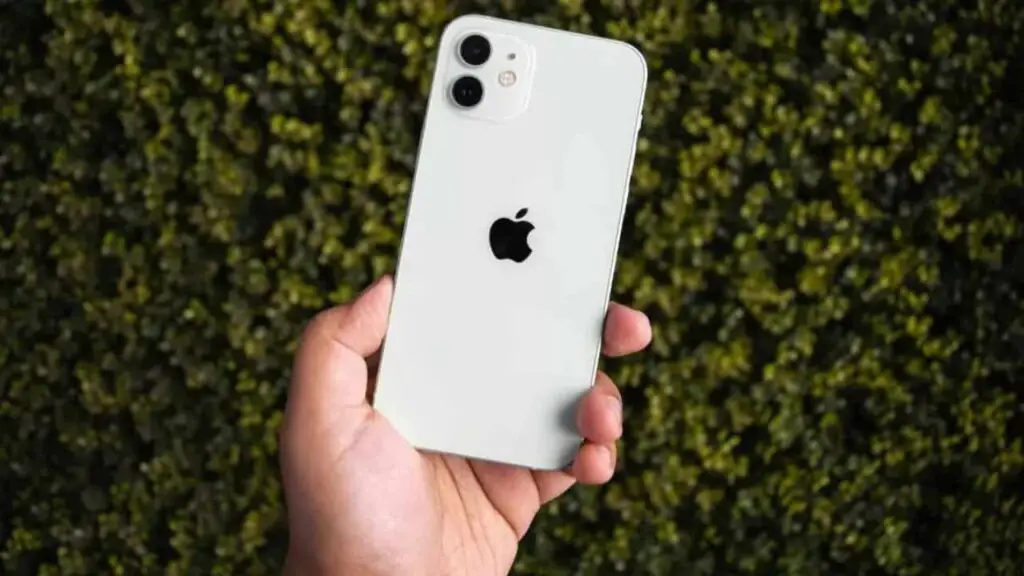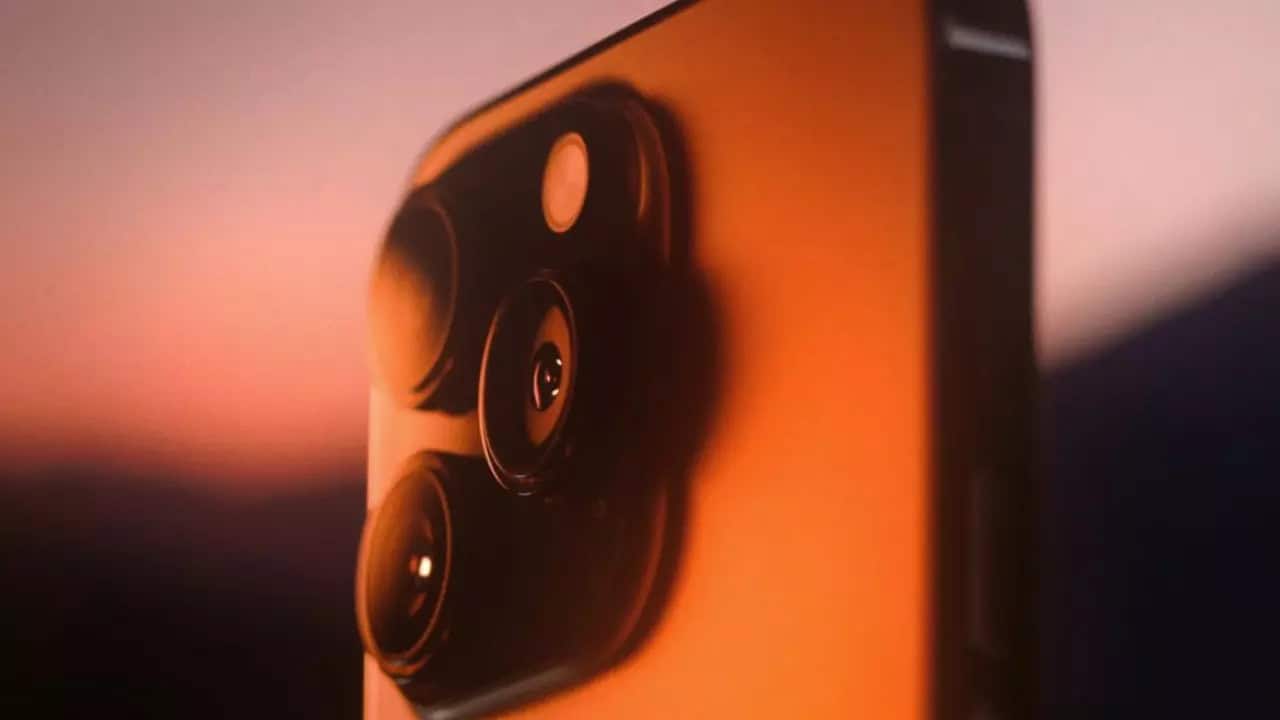We all know that iPhones are phones with exceptional cameras. Many people rate them as the best on the market, so if you have one you will be happy with it, even though you are not recording at the best possible quality unless you have changed it. And if you are here, I imagine you would not.
By default, Apple phones come with settings that prioritize space over quality, so you wouldn’t be taking full advantage of quality. If you have an iPhone with plenty of space or pay for iCloud, it’s best to change it to get a larger image size.
How to improve iPhone camera
The process is very simple, and does not require extensive knowledge, since everything will be in the phone’s own configuration, something we do not usually look at, especially regarding this type of default app.
To do this, we only have to go to Settings and look for the Camera option. Once inside, we will see different options, from video recording to video formats, slow motion, photographic styles (something also interesting), etc.

What we are interested in is “Record video”, since within this section we will see the video settings, where we can not only improve its quality but also reduce it, if we want the videos to taking up less space, although this would not be the most advisable.
At this point, we can select the option we want. By default, we will see a resolution of 1080p (Full HD) along with 30 frames per second, and we can improve it up to 4K at 60 FPS (although this will depend on the version of the iPhone you have and its capabilities).
Thanks to this, you will get a higher quality, as well as a more natural movement, but at the cost of taking up more space.
How to improve iPhone camera resolution
Apple already warns us in its summary, which we can read below, where it explains more or less how much a minute of video would take up in each one.
One minute of video will be approximately:
- 45 MB at 720p HD and 30 fps (smaller size)
- 65 MB at 1080p HD and 30 fps (default)
- 100 MB at 1080p HD and 60 fps (greater fluidity)
- 150 MB at 4K and 24 fps (cinematic)
- 190 MB at 4K and 30 fps (higher resolution)
- 440 MB at 4K and 60 fps (higher resolution and fluidity)
That is, looking at this we could see that today we would be consuming about 65 MB of storage per minute, and could go up to 440 MB, that is, about 7 times more.
That is why Apple does not put it natively, since possibly if you record a lot, you would run out of space in a very short time.
However, it is an option worth considering, especially if you plan to record an important moment, and you want it to look as good as possible.
You already know how to do it, now it’s up to you which option you choose. All this without the need for external camera apps.
And you, did you know this? Did you know that by default one of the lowest options was selected? It may be the best option for users, but it is good to know that if we need to, we can select a better one.
 Trick Knowledge Technology
Trick Knowledge Technology

